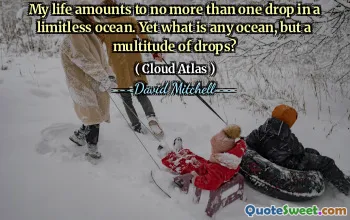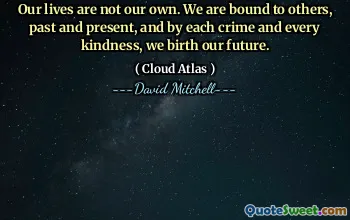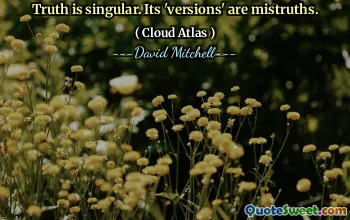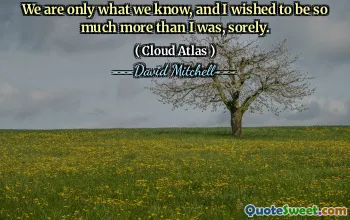An even more important intertribal gathering took place at the Grand Dalles of the Columbia River, the home territory of the Wishrams, Wascos, and other peoples. It was the most important point of contact between Coast and Plateau cultures. Here was the cosmopolitan center of Northwest Indian life, site of great month-long trade fairs analogous to those held in medieval Europe, a time for trading, dancing, ceremonial displays, games, gambling, and even marriages. The
The Grand Dalles of the Columbia River served as a pivotal intertribal meeting point for various indigenous groups, particularly the Wishrams and Wascos. This locale was a significant junction for Coast and Plateau cultures, fostering connections through trade and cultural exchange. It became a vibrant center of Northwest Indian life where diverse peoples converged to participate in large, month-long trade fairs reminiscent of medieval European markets.
During these gatherings, community members engaged in a variety of activities including trading goods, dancing, conducting ceremonial displays, playing games, and gambling. These events also provided an opportunity for marriages to take place, strengthening social bonds between tribes and enriching the cultural fabric of the region, as noted by author Carlos A. Schwantes in his book, "The Pacific Northwest: An Interpretive History".





